According to Fortune Business Insights, the global robot vacuum market is projected to reach over $50 billion by 2030, driven by the growing demand for convenience in home cleaning. But as more homeowners consider buying one, the same question keeps popping up: How long do robot vacuums last?
This blog will break it down for you. We’ll look at the average lifespan of robot vacuums, the factors that shape how long they serve, and the behaviors that can cut their lives short.

How Long Do Robot Vacuums Typically Last?
On average, most robot vacuums last between 4 to 6 years. But lifespan isn’t just a simple number. It’s a combination of design quality, usage habits, and maintenance practices that work together like gears in a machine.
A well-built vacuum treated properly can last longer, while neglect or harsh conditions may shorten its life. Next, let’s explore the main factors that determine how long a robot vacuum really lasts.
4 Factors Affecting Robot Vacuum Lifespan
Robot vacuum longevity depends on four core pillars: build quality, battery health, environment, usage, and maintenance habits.
Build Quality and Components
Think of build quality as the foundation and engine of a robot vacuum. High-end models often include sturdier parts like anti-tangle brushes, durable wheels, and high-capacity batteries that can endure years of wear. Cheaper vacuums, on the other hand, may use weaker motors and thinner materials, which wear out faster.
Even if you treat your vacuum with the utmost care, a poorly built unit is destined for early failure. If you want a robot vacuum to last closer to the 6-year mark, investing in robust components from the start is critical.

Battery Health
A robot vacuum’s battery is its lifeblood, and like all rechargeable batteries, it degrades over time. Most lithium-ion batteries begin to lose significant capacity after 400–500 charge cycles, which translates to roughly 2–5 years depending on use. As capacity drops to around 80%, run times shorten, and the vacuum may struggle to finish its cleaning routes.
Larger batteries reduce charging frequency, which extends lifespan. Smart charging habits, like avoiding full discharges or constant docking, also help slow degradation. The bottom line: battery health is one of the most decisive factors in how long a robot vacuum remains reliable.
Environment & Usage Frequency
How often and where you use your robot vacuum make a big difference. A vacuum that runs daily in a large, pet-filled household faces far more strain than one used occasionally in a tidy apartment. Pet hair clogs brushes, high-traffic dirt strains suction, and larger cleaning areas put stress on motors and sensors. This environment accelerates wear, shortening the vacuum’s practical life.
Conversely, light use in smaller, cleaner spaces places far less demand on the machine, allowing it to last longer. Matching your vacuum’s design to your home’s cleaning demands is essential; pushing a light-duty model into heavy use is a recipe for early breakdown.
Maintenance Habits
Build quality and usage set the stage, but maintenance decides whether a vacuum ages gracefully or deteriorates quickly. Dust and hair build up in sensors, brushes, and filters, gradually reducing performance and causing extra motor strain. Without regular upkeep, even the best-built vacuum will wear down faster.
Weekly cleaning of brushes and sensors, timely filter replacements, and careful handling significantly extend the machine’s life. However, poor maintenance practices, like washing filters incorrectly or ignoring warning lights, can do more harm than good. Think of maintenance as the daily fight against entropy that keeps your robot vacuum working closer to its expected lifespan.

Maintenance Tips to Extend Your Robot Vacuum's Life
Here are quick, essential steps to keep your robot vacuum running longer (see our detailed guide: 10 Expert Tips to Extend Your Robot Vacuum’s Lifespan):
-
Clean brushes and filters weekly.
-
Empty the dustbin after each run.
-
Wipe sensors and schedule software updates.
-
Use only on recommended surfaces.
-
Replace consumables every 6–12 months.
-
Store in a cool, dry place.
-
Leverage self-maintenance features.
For example, the Dreame X50 Ultra has advanced features like auto mop drying and dirt detection that reduce manual intervention and wear.
[product handle="x50-ultra-robot-vacuum" rating="4.8"]
5 Signs It's Time to Replace Your Robot Vacuum
No robot vacuum lasts forever, but how do you know if it’s really time for a new one? Here are five signs:
1. Reduced Suction or Cleaning Efficiency
If you notice your vacuum leaving dirt behind or taking longer to clean, worn brushes or clogged filters may be the cause. Try replacing parts first, but if cleaning and replacements don’t help, the motor or suction system may be failing.
2. Frequent Error Messages or Navigation Issues
Repeated collisions, failed mapping, or constant sensor error messages often point to degraded sensors or internal wiring problems. Try firmware updates or resets first. If errors persist, it may be time to replace the unit.
3. Battery Holds Charge for Under 30 Minutes
When your vacuum returns to its dock prematurely or fails to cover a room, the battery may have reached the end of its life cycle. While battery replacements are possible, models with large batteries (like the 6,400mAh in Dreame X50 Ultra) delay this issue significantly.
6. Unusual Noises from Motors or Brushes
Grinding, rattling, or high-pitched noises usually mean worn motor bearings or misaligned brushes. If basic cleaning doesn’t resolve it, servicing may be required, but replacement is often more cost-effective.
7. Visible Wear on Parts Despite Maintenance
Cracked casings, frayed brushes, or eroded wheels are signs of material fatigue. If replacements and repairs cost more than 50% of a new model, replacement is usually the smarter choice. Extended warranties, like the 5-year coverage on Dreame X50 Ultra, offer peace of mind before committing to a new unit.
FAQs on Robot Vacuum Lifespan
Is It Okay to Run a Robot Vacuum Every Day?
Yes, running a robot vacuum daily is generally safe and aligns with their design for regular use. However, frequent use in dusty or pet-heavy homes may accelerate wear on filters and brushes. Regular maintenance, like cleaning the dustbin and checking sensors, ensures longevity.
What Are the Advantages of Robot Vacuums?
Robot vacuums offer convenience, time savings, and consistent cleaning. They navigate autonomously, fit under furniture, and integrate with smart home systems. Models like the Dreame X50 Ultra include self-cleaning features, reducing manual effort. Their efficiency makes them ideal for busy households, with long-term durability when maintained. Learn more about the advantages and disadvantages of robot vacuums before making your decision.
How Often Should I Replace Robot Vacuum Parts?
Replace filters and brushes every 6-12 months, depending on usage and manufacturer guidelines. Batteries typically need replacement after 2-5 years or 400-500 cycles. Check Dreame’s accessories page for compatible parts to maintain performance and extend lifespan.
Can Proper Maintenance Extend a Robot Vacuum’s Life?
Absolutely. Regular cleaning of brushes, filters, and sensors, along with timely part replacements, can extend a vacuum’s life from 4-6 years to potentially 7 years. Features like the Dreame X50 Ultra’s auto mop drying help reduce wear.
What Happens If I Ignore Robot Vacuum Maintenance?
Neglecting maintenance leads to reduced suction, navigation errors, and faster battery degradation, shortening the lifespan to 2-3 years. Clogged filters or worn brushes strain motors.
Conclusion
So, how long do robot vacuums last? On average, 4 to 6 years, depending on build quality, environment, usage, and maintenance. With good care, some may last even longer. Choosing models with durable components, replaceable parts, and extended warranty coverage adds extra value. The Dreame X50 Ultra is a strong example, offering self-maintenance, a powerful battery, and a repair-friendly design.
If you’re considering investing in a robot vacuum, remember: maintenance habits and smart model choice determine longevity. Explore Dreame products today to find a vacuum built for the long run.















































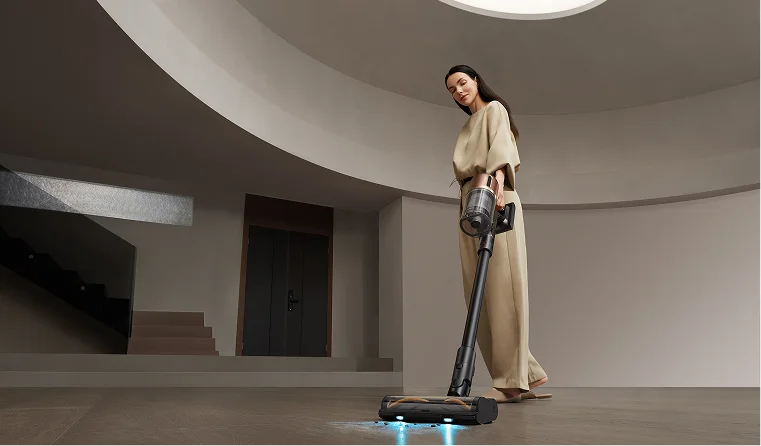
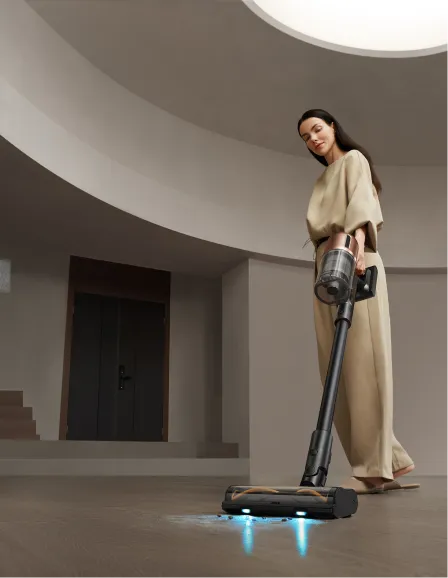
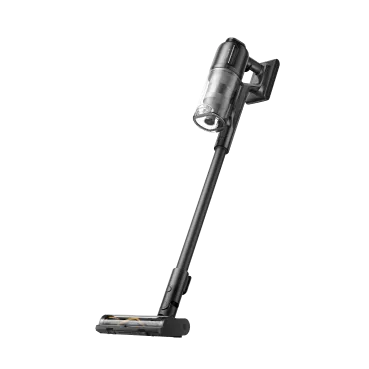
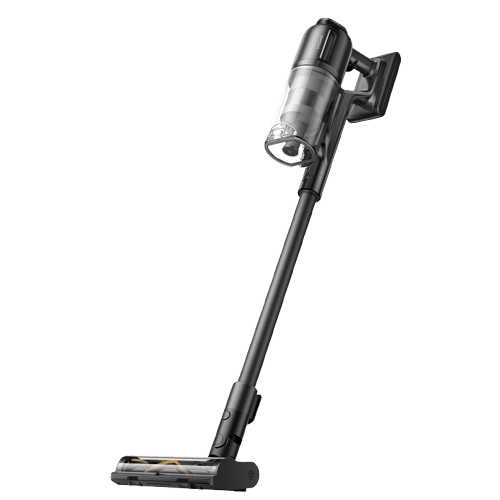
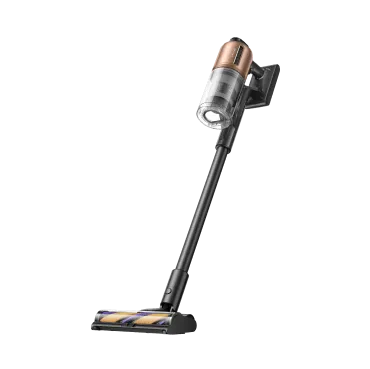
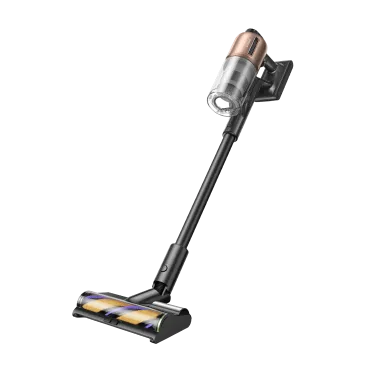
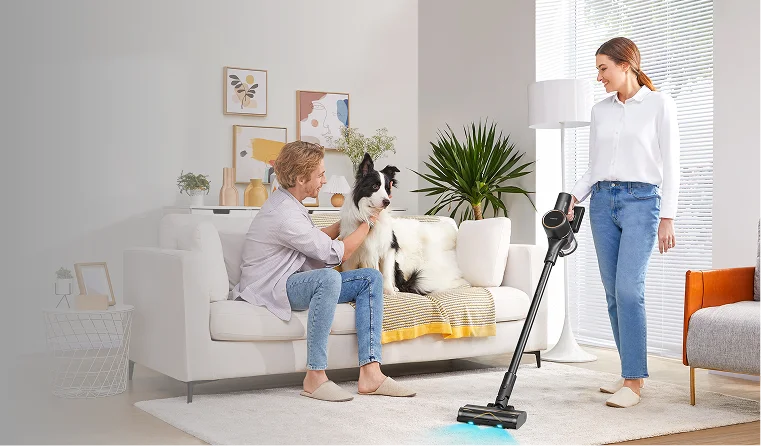
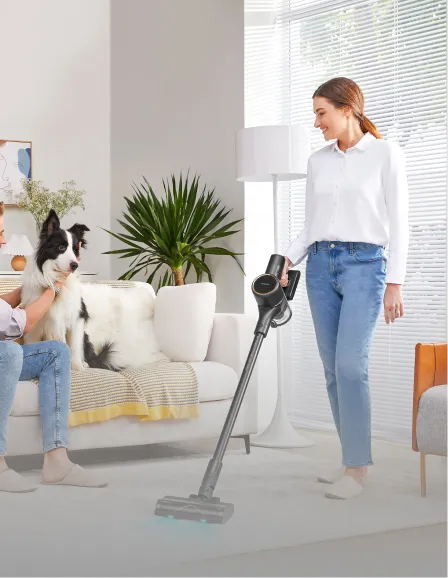
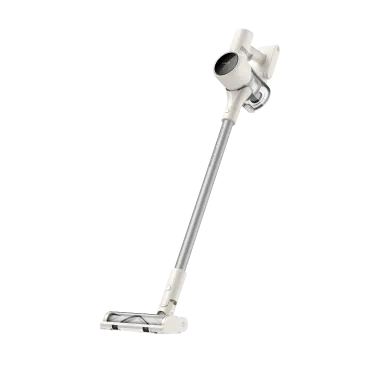
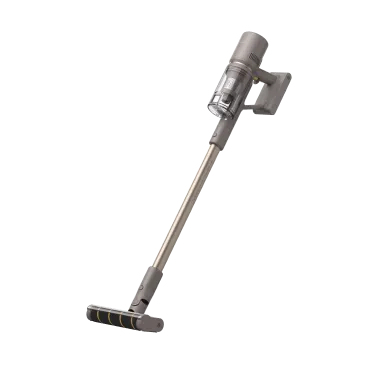
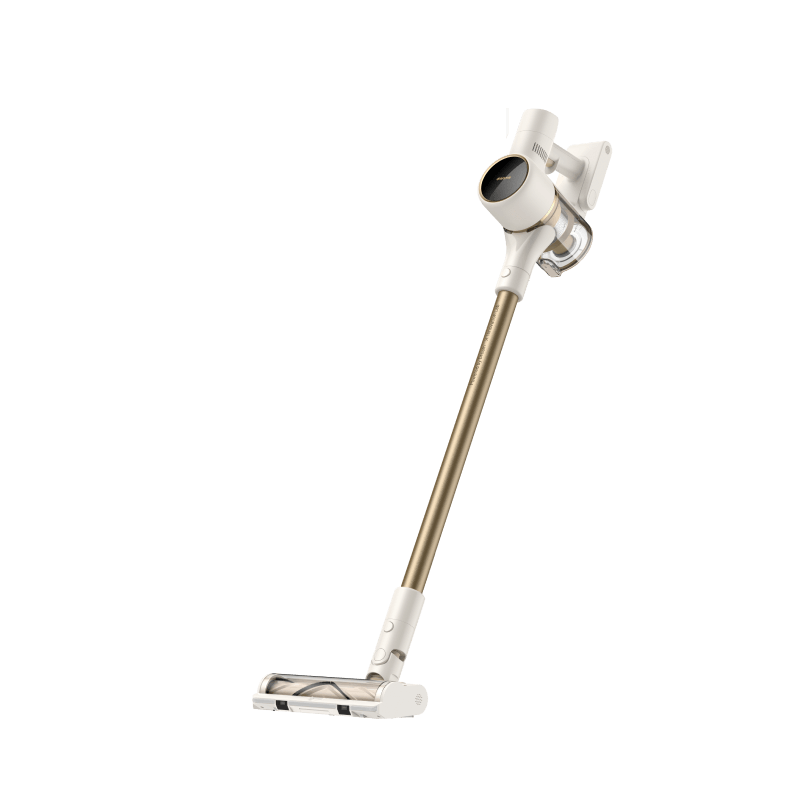
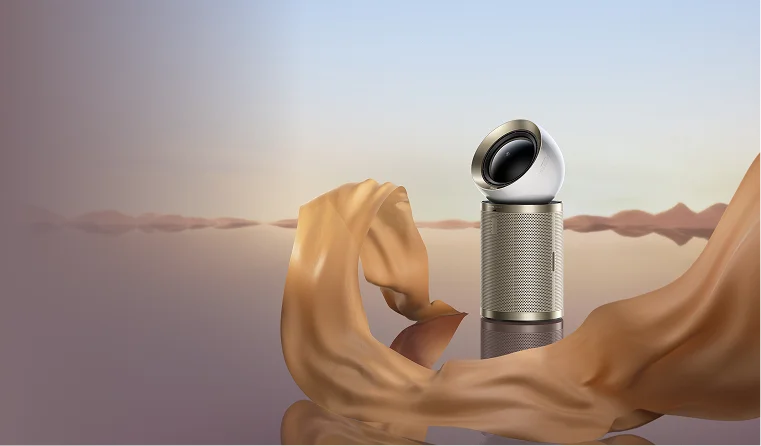
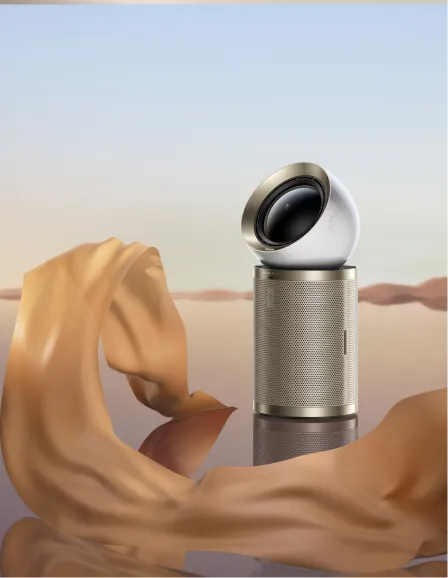

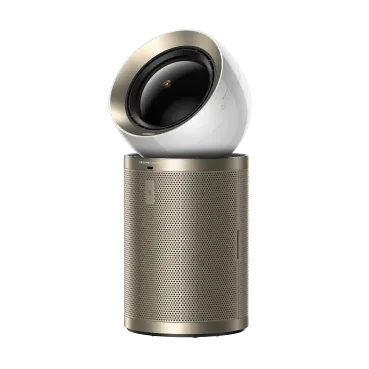

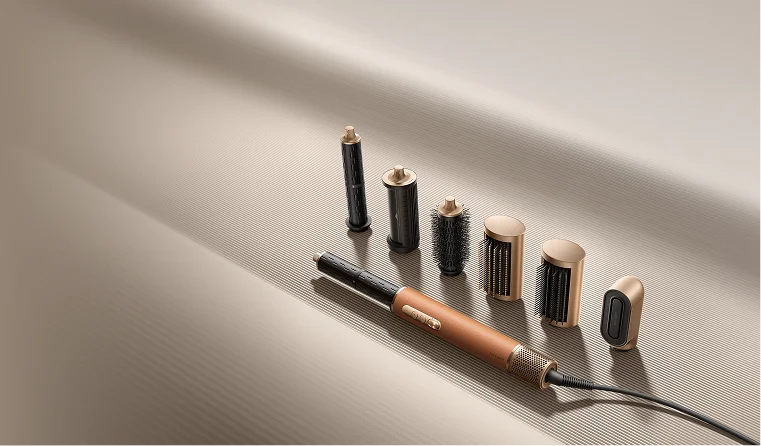
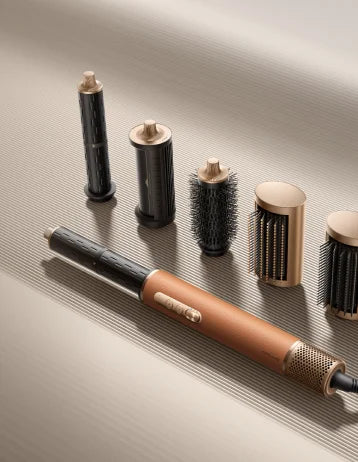
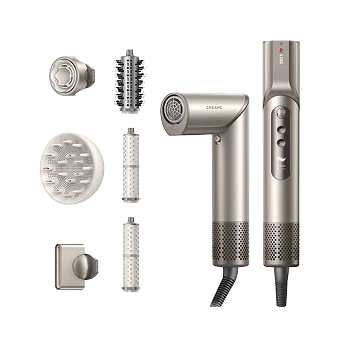


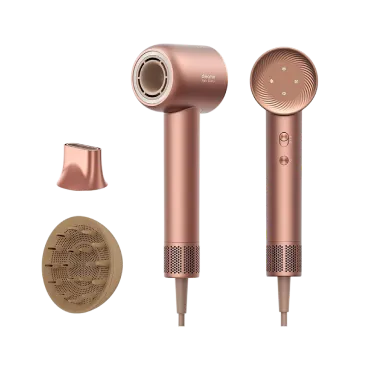
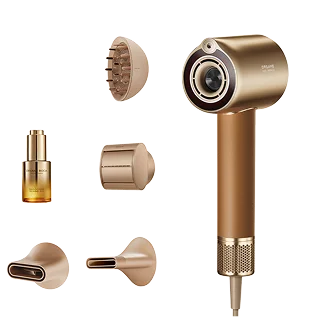
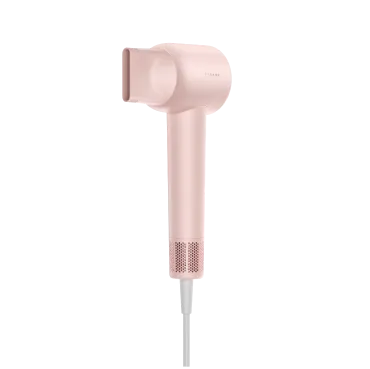


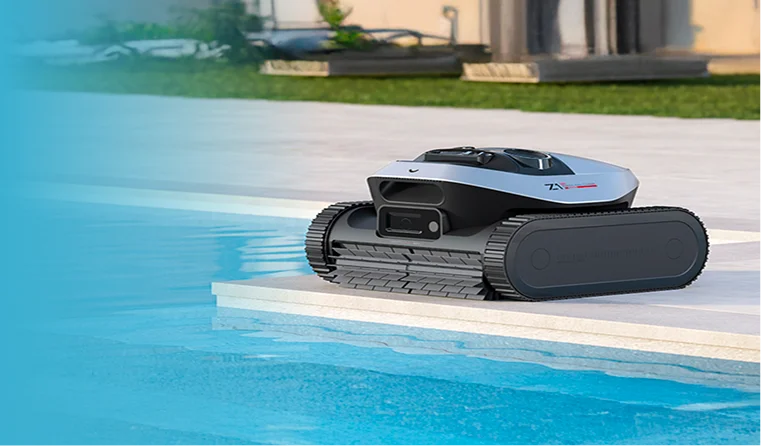
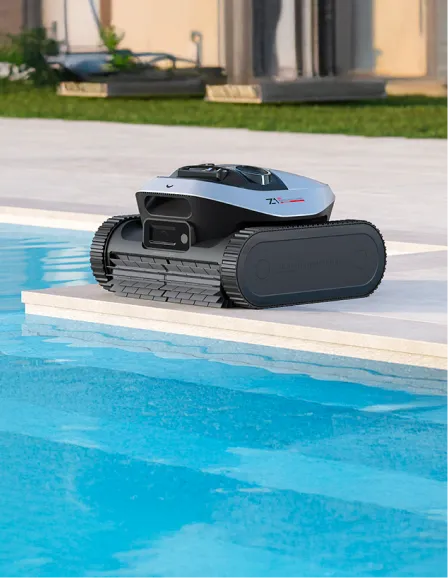
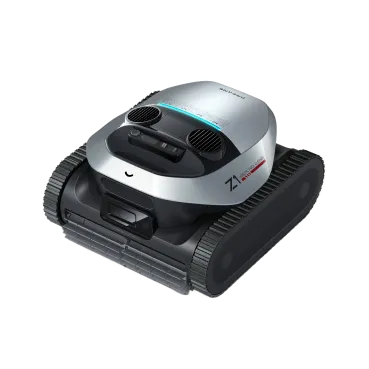
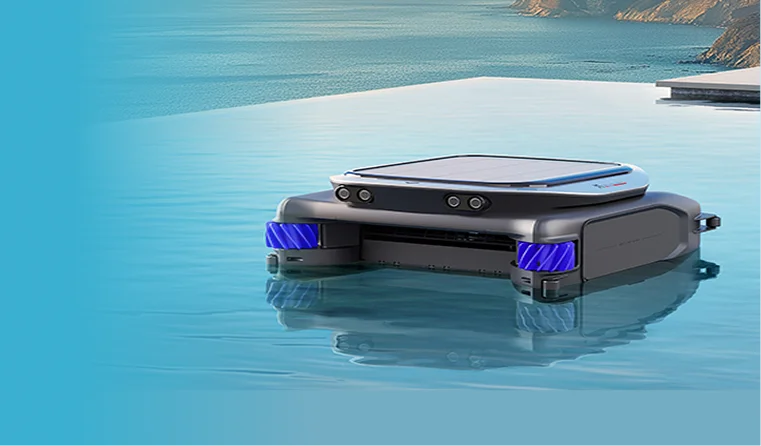
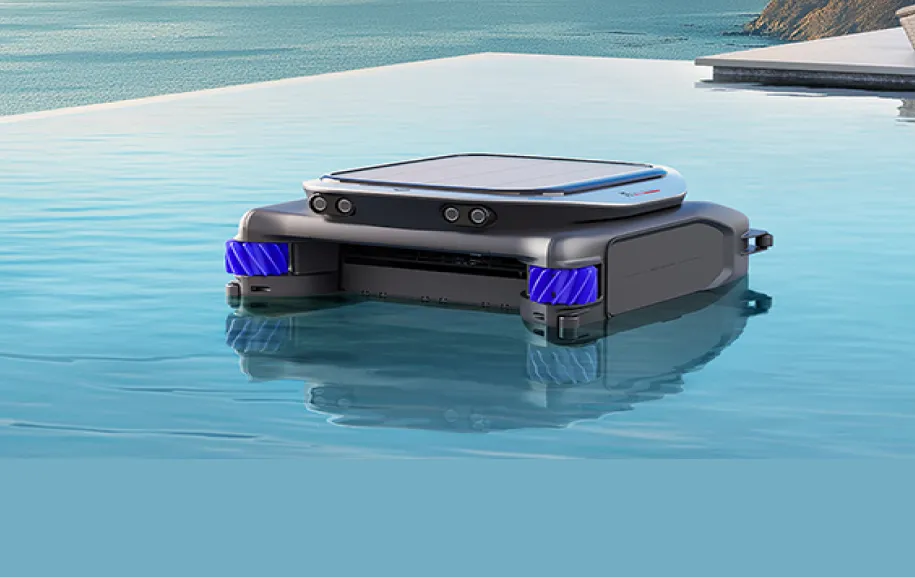










 Australia
Australia 中国大陆
中国大陆 日本
日本


 Türkiye
Türkiye


 Italia
Italia
 Netherlands
Netherlands Belgium
Belgium
 Greece
Greece Polska
Polska
 Norway
Norway
 Sweden
Sweden
 Finland
Finland
 Denmark
Denmark
 Hungary
Hungary Czechia
Czechia
 Slovenia
Slovenia
 Croatia
Croatia
 Switzerland
Switzerland United Kingdom
United Kingdom
 Canada
Canada


